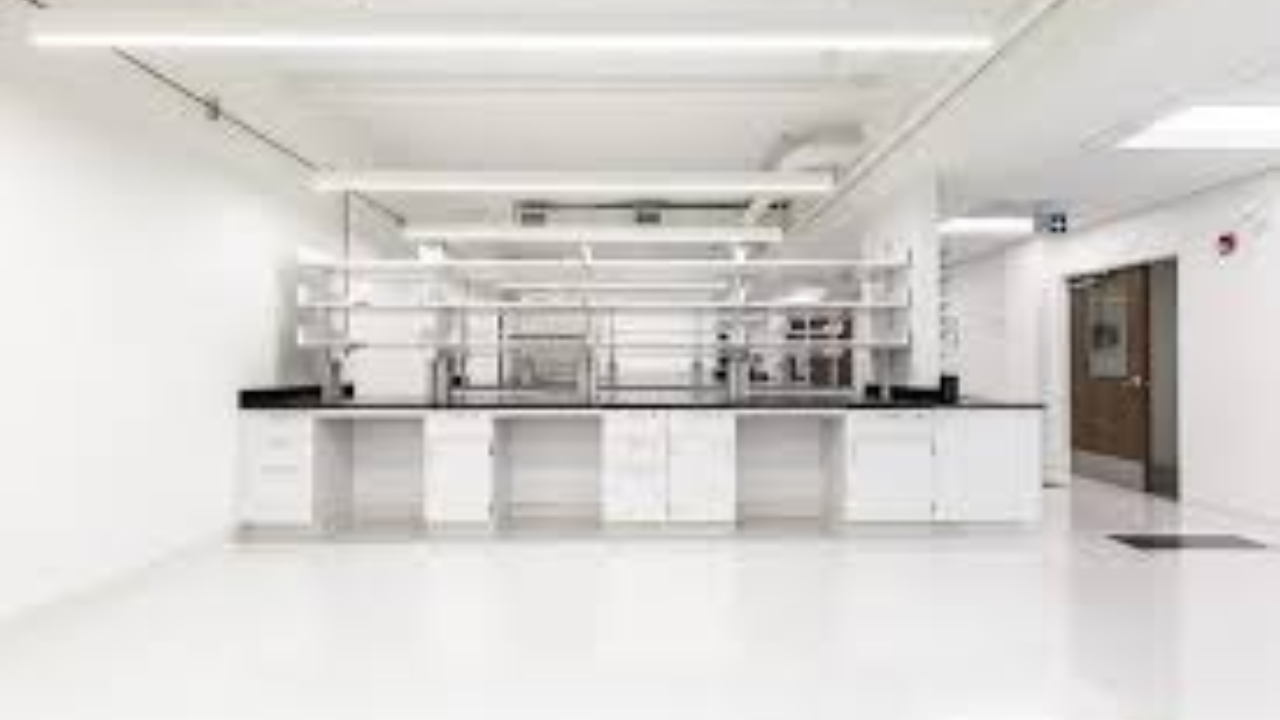Starting a research facility sounds thrilling, doesn’t it? It’s your shot at chasing big ideas, uncovering breakthroughs, and maybe even changing the world a little. But before you start picturing yourself in a lab coat, there’s one big question to tackle: how much is this going to set you back?
Here’s the thing—research facilities come in all shapes and sizes. Some are cozy little setups with a tight focus, while others are sprawling hubs with teams buzzing across multiple fields. Naturally, the price tag swings wildly depending on what you’ve got in mind. So, let’s dig into what drives those costs and get a clearer picture of what you might be looking at.
Key Cost Factors
First off, the kind of research you’re doing is a huge deal. A biotech lab, for instance, is a whole different beast compared to a climate science outpost. One might need fancy microscopes and sterile rooms, while the other could demand weather stations or outdoor test zones. A clean energy project might call for custom rigs, whereas a psychology setup might just need some desks, laptops, and a quiet space. It’s all over the map.
Then there’s location. Setting up in a bustling city? Expect steeper rent or construction bills—but you might score easier access to skilled folks and suppliers. Out in the countryside? It’s usually cheaper, sure, but good luck finding staff or getting packages on time. Every spot has its trade-offs.
Major Startup Expenses
Facility Construction or Lease
If you’re constructing a facility from the ground up, brace yourself—that’s a hefty chunk of change. Depending on size and specs, you could be talking millions just for the basics, plus extras like wiring, plumbing, and a solid internet hookup.
Renting might feel lighter on the wallet at first, but don’t get too comfy. Most spaces need tweaks—think lab-grade floors, beefy ventilation, or locked storage for sensitive stuff. Those renovations sneak up on you and add up quick.
Equipment and Technology
No lab’s complete without the right tools. We’re talking microscopes, testing gadgets, freezers, safety gear—you name it. Some of this stuff costs a fortune. Take a confocal microscope for life sciences or imaging work: that alone could run you tens of thousands, or way more if you go top-tier. The confocal microscope price can vary based on brands and features.
Computers and software are non-negotiable too. Research these days leans hard on data crunching, so you’ll want solid tech. Oh, and maintenance? That’s a thing. Skip it, and you’re risking breakdowns or failed experiments.
Staffing and Salaries
You can’t do this solo—you’ll need a crew. Scientists, techs, admin folks, maybe even someone to keep the place clean. Salaries eat up a big slice of the budget, and they don’t stop once you’re up and running.
Hiring’s not cheap either. Training takes time, and if you’re pulling talent from afar, you might be footing the bill for their move. Building a dream team doesn’t happen overnight.
Regulatory Compliance and Permits
Research comes with regulations—lots of them. Health and safety permits are a given, especially if you’re handling chemicals or working with people. Those come with fees and the occasional inspection.
Sometimes you need pros to navigate the legal maze. Paying a compliance expert now beats scrambling to fix violations later. Trust us, fines are no fun.
Research Materials and Supplies
Every project needs stuff—chemicals, glassware, test kits, you get it. These things vanish fast and need constant restocking.
Got a niche project? Rare or custom materials can be a pain to source and pricey to ship. Keep a healthy budget for this; it’s not a one-time deal.
Insurance and Security
You’ve got to cover your bases with insurance—building, gear, staff, the works. If your research is edgy or high-stakes, expect to shell out more for specialized plans.
Security’s another must. Cameras, locked doors, and cyber defenses keep your data and equipment safe. There’s too much at stake to skimp here.
Initial Operational Costs
Utilities hit harder than you’d think—power, water, internet, maybe even waste disposal if you’re dealing with tricky stuff. In a big space, those bills stack up.
Then there’s the small stuff: pens, paper, a website, maybe some promo to get the word out. Looking for funding or partners? That might mean splashing cash on networking too.
Estimated Cost Range
So, how much are we talking? A modest lab might kick off at around $500,000—enough for gear, a small team, and a rented spot. But if you’re dreaming bigger—say, a custom-built facility with cutting-edge tech and a full staff—you could be looking at $5 million, $10 million, or beyond. It’s a gamble, but the rewards can match the risk if your work takes off.
Funding Options
Good news: you’ve got options. Government grants are a go-to—lots of countries back research in areas like health or energy. Private investors might bite if your idea aligns with their goals. Teaming up with a university or institute can spread the load too.
Cost-Saving Tips
New to this? Try a test run first. Rent space in a shared lab or science co-working hub—it’s cheaper and lets you experiment without going all-in.
Leasing gear instead of buying can ease the sting. Some vendors even do rent-to-own deals. Partnering with other labs or schools might score you shared access to tools or space too.
The Takeaway
Launching a research facility is no small feat. There’s a ton to figure out and plenty of bills to pay. But if you nail down what you need and play it smart, it’s an investment that can really pay off.
Take it step by step. Think hard about your goals, your people, and your cash flow. Starting small and scaling up works too. With a solid plan and the right team, your facility could be the start of something incredible.



